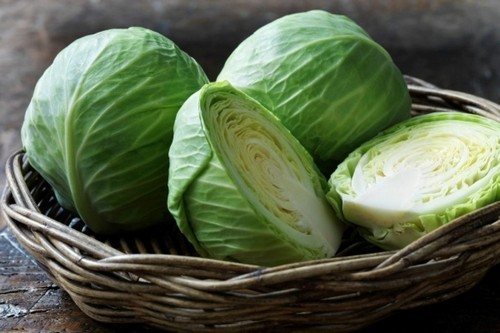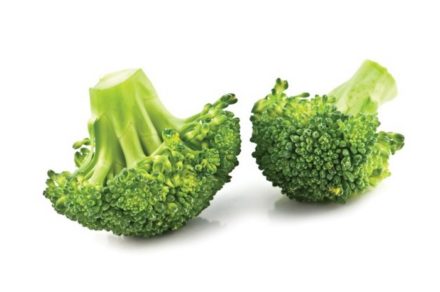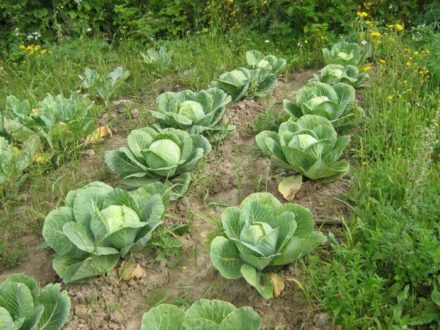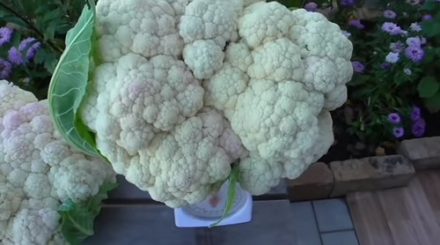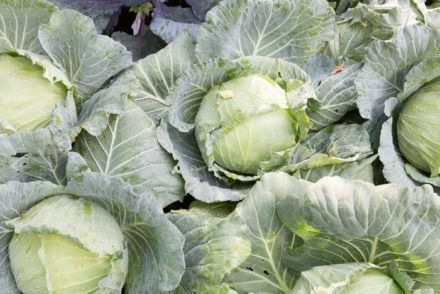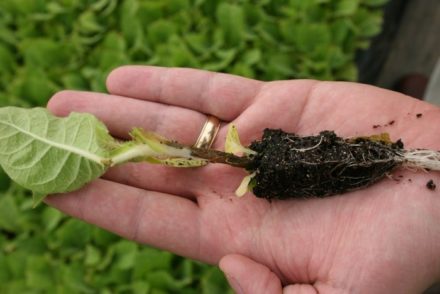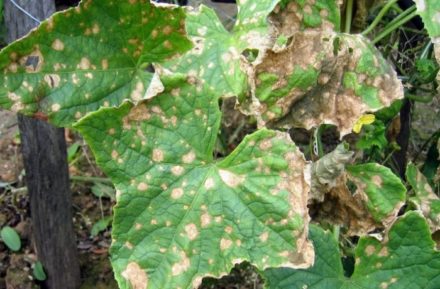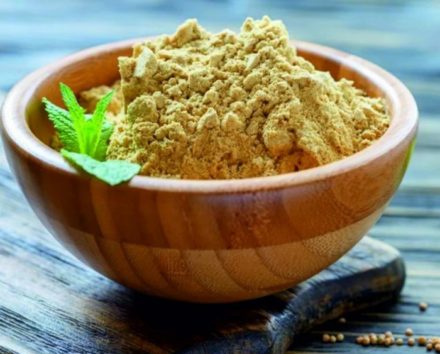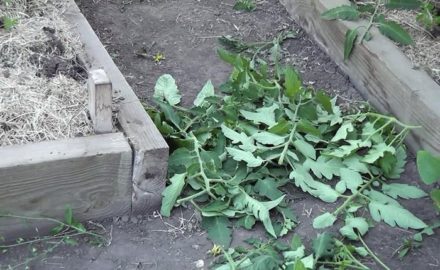Cabbage is unpretentious and is cultivated everywhere, so growing it will not cause any particular difficulties. However, there are a number of mistakes that gardeners make when growing cabbage seedlings. Knowing the needs of this crop and common mistakes gardeners make will help you avoid trouble.

Planting all varieties at the same time
If you plant all varieties of cabbage at once, the result will be small heads of cabbage. Late varieties will ripen too early, and such a crop will not be stored well. The first step is to plant early species, around the beginning of May, in heated and protected soil. After a month, medium cabbage is planted, and late varieties are planted in early summer.
Thickened seeding
Seeds should be spaced evenly apart, but some gardeners sow too densely. This error leads to several problems. Firstly, seedlings growing in crowded conditions develop unevenly. Many of them become fragile and elongated, resulting in them having to be thrown away. Secondly, thickened crops are an excellent environment for the development of blackleg.
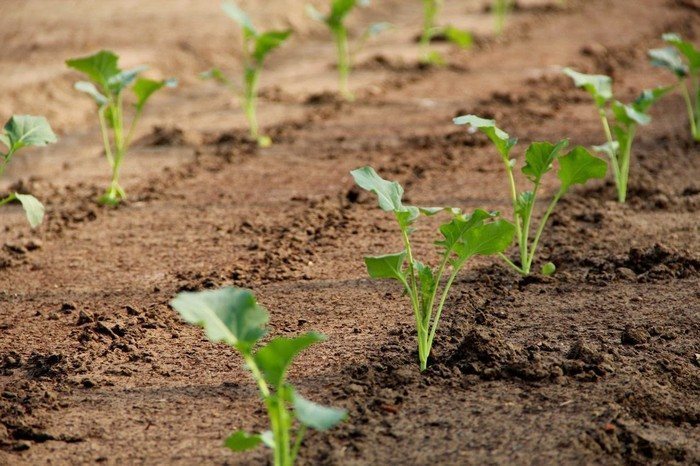
Poor lighting
Cabbage is demanding on the level of illumination; to grow it, you need a bright place. If there is a lack of light, the seedlings stretch out; in this case, it is necessary to direct reflected light at them.Also, do not sow the seeds too early, as the sprouted plants may experience a lack of light due to the short daylight hours.
Improper watering
When watering cabbage, it is necessary to maintain a balance - do not overwater or dry out the plant. Although cabbage consumes a lot of water, stagnation in the roots can cause problems. When growing crops in boxes, there is often a lack of moisture, which retards the growth of seedlings. As a result, seedlings will grow much longer than expected. If there is too much water, the roots may rot and the plant will die. It is important to maintain the required hydration regime and not allow deviations from it.
Also, do not water cabbage with cold water. The roots absorb it much worse, but at the same time, the evaporation of water by the leaves remains the same. Because of this, the leaves do not receive enough moisture, and the plants become susceptible to various diseases, grow worse and weaken.
Failure to comply with temperature conditions
High air temperatures have a bad effect on seedlings. The following rules must be followed:
- until the first sunrises appear, the temperature should be within 20 degrees;
- then for a week the temperature remains approximately 10 degrees;
- after this, the temperature depends on the weather: on sunny days - no more than 18;
- on cloudy days - about 16;
- at night – 5–10.
Plants grown at temperatures above normal have difficulty adapting to frost and are more likely to get sick and weakened.
Improper care can cause premature yellowing of leaves
When the lower leaves of cabbage turn yellow, this means that it can soon be harvested, but this should only happen towards the end of the season. There may be several reasons for premature yellowing of leaves.
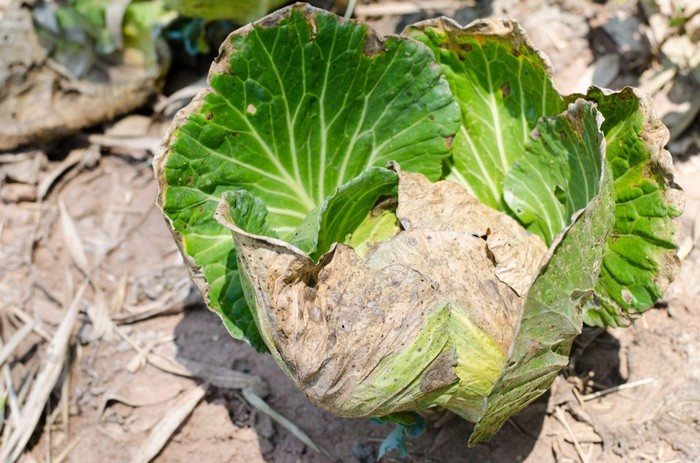
Pesticide burn
Processing the plant should only be done in cloudy weather, otherwise the leaves may get burned. It is also necessary to observe strict proportions of chemical compounds in fertilizers.
Incorrect watering mode
Cabbage requires regular watering; lack of water is expressed by yellowing of the leaves. For 1 head of cabbage at least 3 liters are required. A good solution would be to install automatic watering systems that will consistently water the plants regardless of the presence of the owner on the site.
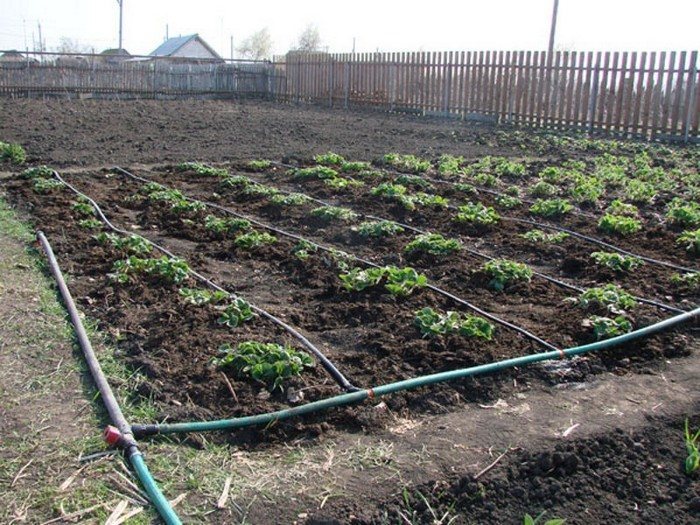
Lack of fertilizers
Cabbage nutrition should also be sufficient. Poor soil has a negative impact on young plants - their edges may turn yellow. To solve the problem, it is necessary to add potassium to the soil.
Presence of pests
Another common mistake: some gardeners forget about the presence of insects that cause irreparable harm to the crop. Pests are divided into two types: burrowing and leaf-eating. If the cabbage leaves have turned yellow, but the crop is cared for correctly, it is likely that there are pests under the soil layer. In this case, it is worth pulling out one plant and checking for their presence. If insects are found, you need to use special means immersed in the ground.
Leaf-eating parasites are much easier to detect, since they are located on the surface of plants.Methods of dealing with them depend on the degree of neglect of the situation: if there are few pests, folk methods will do, but if a colony of insects is found, then it is necessary to use chemicals.
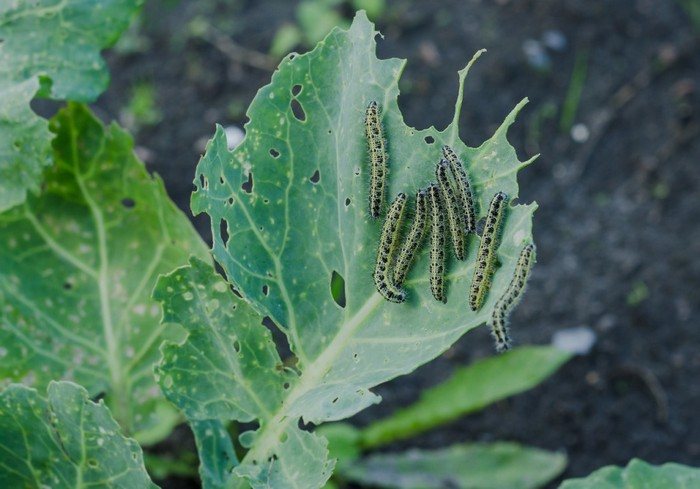
Another consequence of poor care is stagnation in growth
First of all, you should make sure of the quality of the selected seeds. Unfortunately, in store conditions there is no guarantee that the seeds in the package will be good and give a rich harvest.
The only way to protect yourself from buying bad seeds is to contact experienced gardeners who are absolutely sure of the quality of the material. If the seeds are selected correctly, but the plant still does not grow, it is worth examining the care provided in more detail.
There are several most common reasons.
Increased soil acidity
In soil with an increased acid content, cabbage will not grow in any case. Before planting seedlings, it is worth finding out the acidity of the future bed in advance. It is easy to do: sorrel and plantain thrive in acidic soil, but cabbage will quickly die. It is worthwhile to transform the acidic soil environment into an alkaline one in advance. To do this, lime and chalk powder are added to it before winter plowing, 500 g per 1 m 2.
Increasing the temperature
If the temperature rises above 25 degrees, the rosette begins to dry out and the leaves fall. If you add to this a lack of moisture, the plant becomes dehydrated and simply dies. However, sudden cold snaps also slow down the growth of crops. The roots begin to suffer first, and then the sprout itself begins to rot.
Lack of essential nutrients
For proper growth of cabbage, special substances are required, otherwise the young plant begins to starve. The fertilizer must contain a minimum nitrogen content.
The appearance of pests
As with yellowing leaves, stunted growth can be caused by parasitic insects. The most dangerous of them:
- cabbage aphid attacking the plant in early March. It deprives the leaves of juice, and if the aphid lives in the seedlings for more than 2 months, it can provoke the appearance of mold;
- cruciferous flea beetles, which can attack the garden bed immediately after planting the seeds;
- cabbage moth caterpillars destroying the middle of the ovary.
To obtain a bountiful harvest, it is important to promptly respond to problems that arise during the growth of cabbage and not to neglect them.


